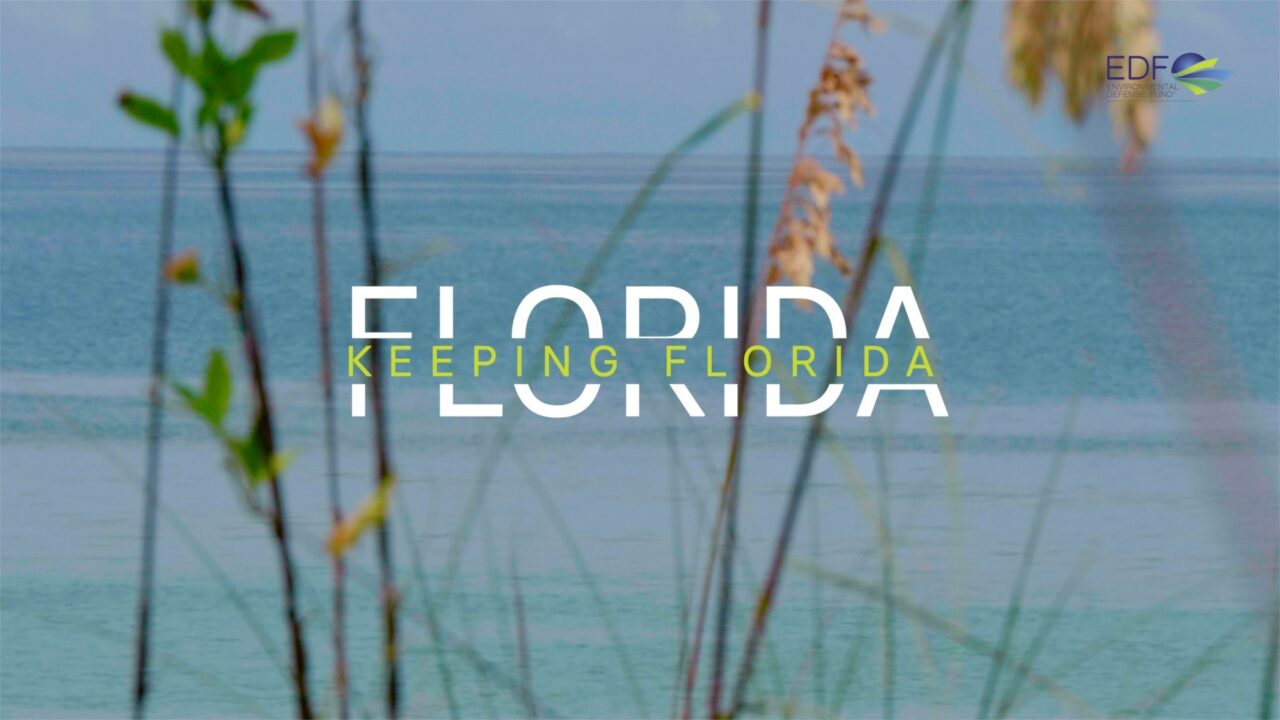
The Environmental Defense Fund released the second video in a four-part series aimed at educating Floridians on the current effects of climate change and possible solutions to address it.
The new installment of “Keeping Florida, Florida” focuses on the potentially catastrophic impacts of sea level rise in Southwest Florida and details the U.S. Army Corps of Engineers-proposed Back Bay Study, which recommends traditional, hardened infrastructure, including a seawall, to protect the region.
The video claims that some infrastructure solutions in the U.S. Army Corps plan could exacerbate flooding in Collier County. It asserts that if there are structural protections to the north and the south, then water would take the path of least resistance and hit Collier.
EDF is instead recommending the county tackle flood mitigation with nature-based solutions such as mangroves and oyster beds.
“We have seen proof that these solutions are successful. Mangrove forests in Florida provide significant flood damage reduction benefits annually. During catastrophic events like Hurricane Irma these mangroves provide a vital buffer between communities and the incoming storm surge,” the video narrator says. “During Hurricane Irma, mangroves were predicted to have reduced property damage by over $1.2 billion in Lee and Collier counties alone.
The video highlights the potential plight of Delnor-Wiggins Pass State Park, which would be walled off with surge barriers, sector gates and pump stations under the Army Corps plan. Disturbing the park and other undeveloped areas could threaten endangered species such as the loggerhead sea turtle.
Also, the proposal would also force many low-income families to move because of their properties being situated within mandatory acquisition and demolition zones.
“Due to the high flood risk, residents would not even be able to move within their community. This would leave the most socially vulnerable populations to face the most disruptive consequences,” the video says.
EDF said the Army Corps’ Collier County study and other resilience efforts should aim to protect the region from sea level rise without sacrificing quality of life. The group encouraged residents to send a message to local officials asking them “to support natural infrastructure and locally preferred alternatives that protects communities and infrastructure from flooding while keeping Florida, Florida.”
The Southwest Florida video follows an installment on the climate challenges facing Miami-Dade. Future videos will showcase Jacksonville and Tampa Bay.




One comment
PeterH
September 13, 2021 at 3:26 pm
Unfortunately sea water will migrate into Florida’s fresh water supply and underground utility conduits. We’re too late to stop the cycle …. we may be able to slow down global warming a tiny bit.
So where does leave Florida’s future? We can’t build a dam around the State!
What we should be addressing is a 20 year plan to relocate 30 million Floridians and Gulf Coast residents to higher ground. The wealthiest have this covered with primary homes in Canada, the EU, South America and northern USA states.
Comments are closed.